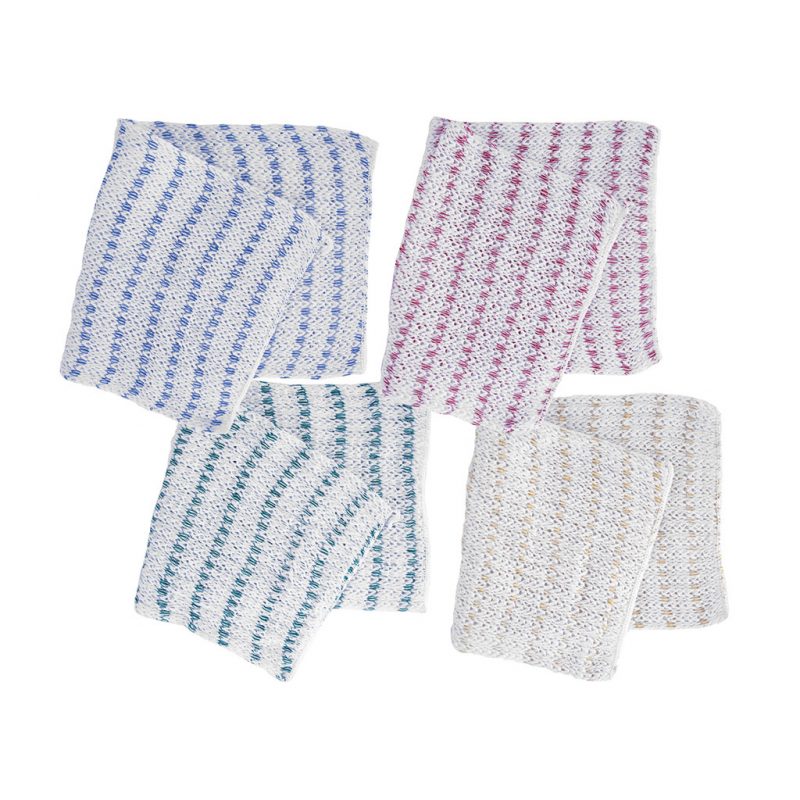Information
Colour Coded Cleaning
Colour Coded Cleaning System is recommended by the Health and Safety Executive
If your company has not already introduced its own colour coded cleaning system, GHS recommend you do so.
The aim of a colour coded system is to prevent cross-contamination from one cleaning area to another, making cleaning easy and efficient whilst increasing general hygiene and cleanliness in the workplace.
Colour coded cleaning generally make use of the four basic colours; red, blue, green and yellow. However, there are other colours that can be used as part of the system as well.
Colour Code Colours Explained
The following is recommended;
Red is for washrooms. The colour red is is universally associated with hazards. Washrooms are regarded as posing a high risk of bacterial contamination, by using only red coded cleaning products such as cloths, mops, buckets and gloves to clean them, the risk of spreading bacteria outside of these areas is minimised.
Yellow is for hand basin and sinks. Yellow coded cleaning has been assigned for use on all other washroom surfaces, including sinks, mirrors, cubicles, tiled walls, glass and metal. The reason for two different colour codes for high risk areas such as washrooms ensures that the same cleaning products are not used, therefore helping prevent the spread of bacteria.
Blue is for general areas. Blue coded cleaning has been assigned to low risk areas such as offices and classrooms. It can be used across a broader range of surfaces and for general dusting and polishing. These are areas where there is generally a lower risk of bacterial contamination than in other areas like washrooms and kitchens.
Green is for food and drink preparation areas, including kitchens, bars, and even factories where food is processed. Exposure of uncooked meat and fish to surfaces and utensils poses a high risk in terms of cross-contamination. It is therefore important to regulate the use of cleaning equipment and products in these areas.

